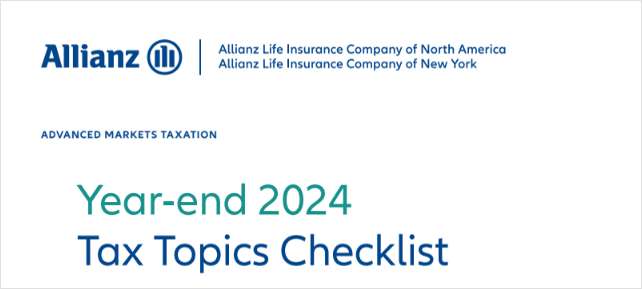While the global economy remains stuck in "new neutral," investment firm PIMCO, which brought the term to broad investor awareness, foresees modest progress in the coming 12 months.
The Newport Beach, California-based firm released its mildly upbeat 12-month outlook Thursday, following a meeting earlier this month of its strategists, analysts and special guests such as former Federal Reserve chairman Ben Bernanke.
The outlook, authored by the firm's managing directors Richard Clarida and Andrew Balls, outlines PIMCO analysts' consensus on "somewhat stronger growth in 2015" — representing improved outlooks in the U.S., Europe and Japan combined with deceleration in China.
The firm also views continuing lower oil prices and global (except for the U.S.) monetary easing as net positives for growth as well as insurance against deflation.
While the investment firm's views are little changed from its previous December quarterly meeting, Clarida and Balls note three key changes since that time that they regard as having material and net positive effects on the global economy.
First, more than 20 central banks have cut policy rates toward zero or even below zero. This wave of monetary easing was "largely unforeseen in 2014," they write, adding that its effect "should be supportive of growth and inflation expectations in those countries."
Second, oil prices have further declined — a positive for global aggregate demand.
Third, global fiscal policy is moving away from growth-suppressing austerity policies, as exemplified by Japanese prime minister Shinzo Abe's late 2014 decision to postpone a previously scheduled increase of the value added tax.
Amidst these broadly positive trends, the PIMCO execs see three signficant global economic risks: a "potentially disorderly market reaction … to what would be the first Fed rate hike in nine years;" the possibility of a global currency war; and geopolitical disorder and a potential fallout from commodity-exporting countries hurt by lower energy prices.
Region by region, the group is especially positive about the U.S., where the labor market is strengthening and low commodity prices are putting money in the pockets of U.S. consumers. On the negative side, a stronger dollar should hurt exporters, and the energy industry's woes should suppress capital investment.
PIMCO's consensus calls for 2.75% real GDP growth (up from 2.4% currently) over the coming 12 months and inflation of 1.75% (up from 1.6% currently).
The eurozone should also see economic improvement, mainly as a result of low oil prices, a weak euro and massive quantitative easing.
"And yet," Clarida and Balls write, "when we add all this up, we can only credibly forecast growth of around 1.5% over the next 12 months" — as a result of "too much debt, too little structural reform and too many political challenges that weigh on confidence and animal spirits."
Still, that level of GDP growth beats the current 0.9% rate, and inflation expectations of 1% are a positive compared with the current 0.2% rate.
The situation in Japan is similar to that of Europe. Like the European Central Bank, the Bank of Japan is committed to monetary easing, and both institutions may surprise with further easing this year. On the other hand, both regions are being held down long term by unstable debt dynamics.



